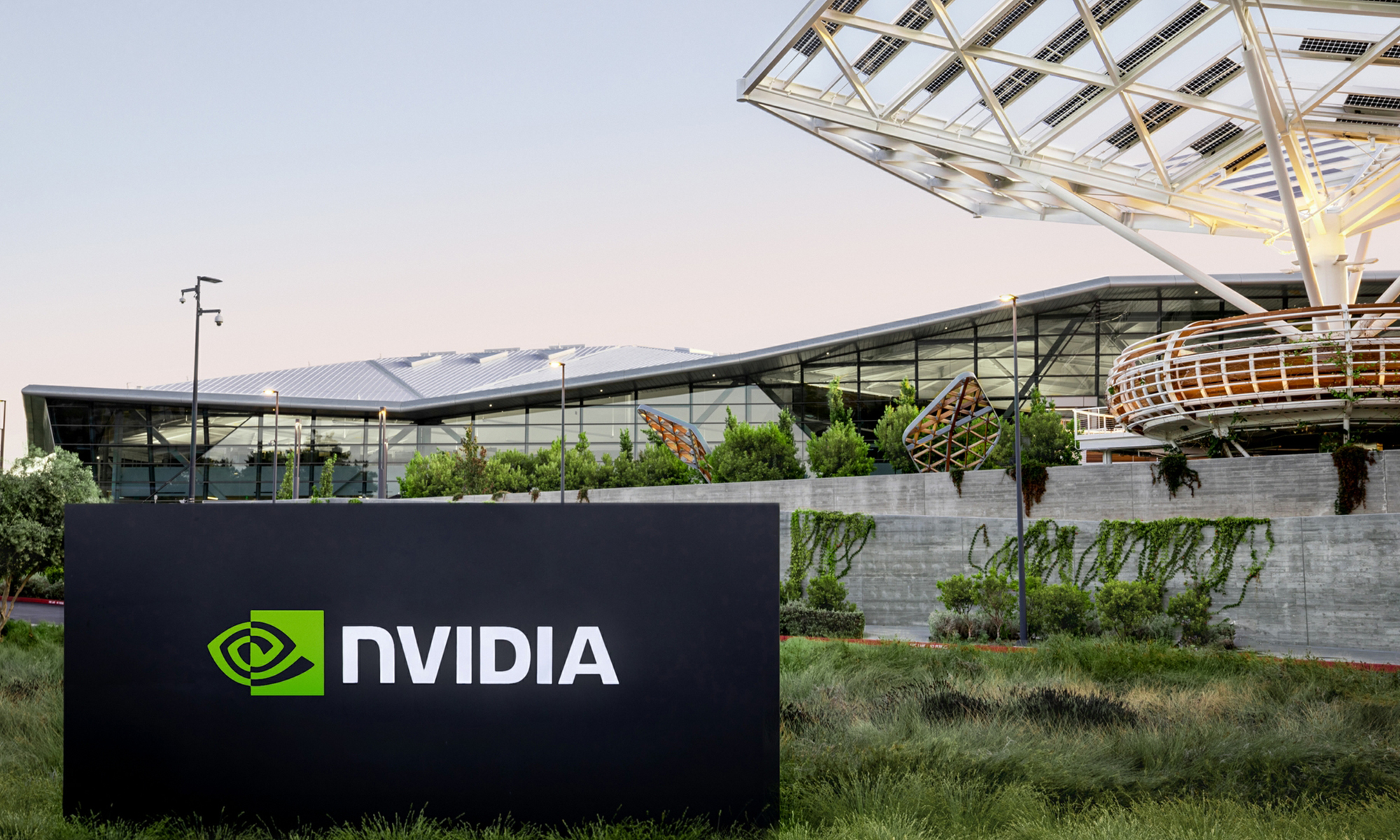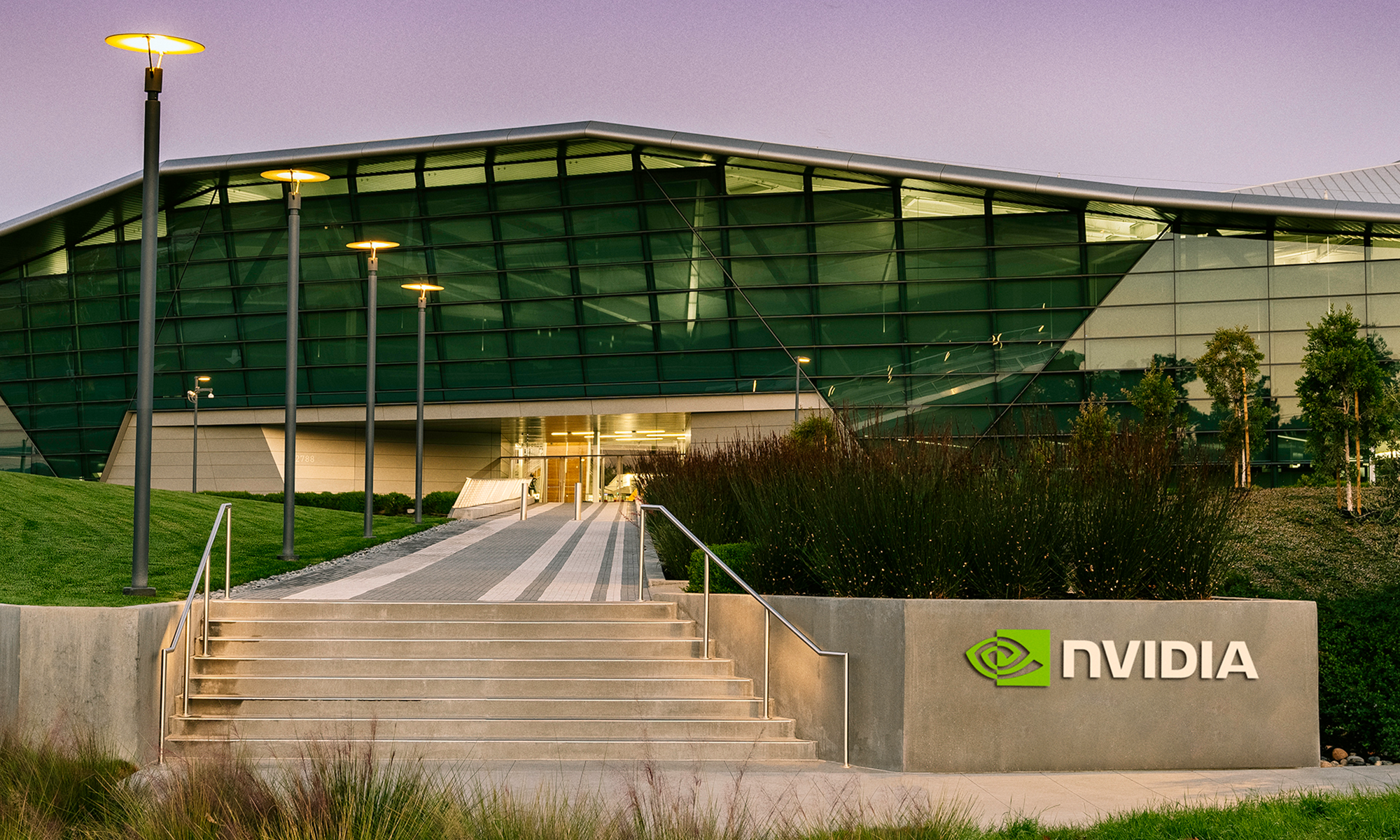The "Magnificent Seven" stocks -- Apple, Amazon, Meta Platforms, Alphabet, Microsoft, Nvidia (NVDA 0.53%), and Tesla -- have all generated impressive returns for their long-term investors. All seven stocks are included in the S&P 500 and Nasdaq-100 indexes, and they often drive the market's performance with their size, growth, and influence.
But after years of big gains, most of the Magnificent Seven stocks are losing their luster. Apple is still overwhelmingly dependent on the iPhone, which is vulnerable to high tariffs, competition, and supply chain constraints. Amazon faces stiff competition from cheaper cross-border competitors, Alphabet's Google is being slammed by antitrust regulators and struggling to keep pace with OpenAI's ChatGPT and other generative artificial intelligence (AI) services, and Microsoft might be headed for an ugly breakup with OpenAI as the AI start-up openly rebels against its top investor. As for Tesla, Elon Musk's divisive actions are likely driving away its potential customers in the saturated EV market.

Image source: Getty Images.
Meta and Nvidia face fewer near-term headwinds than the other five stocks. However, Meta generates nearly all of its revenue from ads, and its growth could slow down as the global economy cools off. Nvidia certainly isn't immune to economic downturns and recessions, but the secular expansion of its AI chipmaking business could offset a lot of that pressure. So looking ahead, I believe Nvidia will continue to shatter Wall Street's expectations and outperform the other Magnificent Seven stocks for the foreseeable future.
How did Nvidia become the hottest "Magnificent Seven" stock?
Nvidia is the world's largest producer of discrete GPUs. It designs its own chips, but it outsources its manufacturing to third-party foundries like Taiwan Semiconductor Manufacturing. With that "fabless" model, Nvidia doesn't need to spend billions of dollars to upgrade its own foundries or develop the smallest, densest, and most power-efficient manufacturing nodes.

NASDAQ: NVDA
Key Data Points
Nvidia once generated most of its revenue from its gaming GPUs, which can also be used to mine certain cryptocurrencies. But in its latest quarter, it generated less than 9% of its revenue from its gaming GPUs. A whopping 89% came from its data center GPUs -- which include its older A100 chips and current-gen H100 and H200 chips.
Nvidia launched its first data center GPUs back in 2008. Unlike traditional CPUs, which only process a single piece of data at a time through scalar processing, GPUs use vector processing to process a broad range of integers and floating-point numbers simultaneously. That makes them better suited for processing complex AI tasks than stand-alone CPUs.
Nvidia's sales of data center GPUs rose from 2016 to 2022 as the cloud and AI markets expanded, but they didn't explode until 2023 (fiscal 2024) -- when OpenAI's launch of ChatGPT in late 2022 sparked a global AI infrastructure race. Here's how rapidly that growth engine expanded from fiscal 2022 to fiscal 2025 (which ended this January).
|
Metric |
FY 2022 |
FY 2023 |
FY 2024 |
FY 2025 |
|---|---|---|---|---|
|
Data center revenue growth |
58% |
41% |
217% |
142% |
|
Data center as percentage of total revenue |
39% |
56% |
78% |
88% |
|
Total revenue growth |
61% |
0% |
126% |
114% |
Data source: Nvidia.
From fiscal 2025 to fiscal 2028, analysts expect Nvidia's revenue and earnings per share to grow at compound annual growth rates of 30% and 28%, respectively, as the AI market continues to expand. Its stock still looks reasonably valued relative to those estimates at 36 times forward earnings.
But those estimates could be too conservative -- since Nvidia has comfortably beat Wall Street's top- and bottom-line expectations for nine consecutive quarters. So as the top seller of the picks and shovels for the AI gold rush, Nvidia's revenues and profits should keep crushing analysts' expectations.
Why will Nvidia remain the hottest Magnificent Seven stock?
Nvidia controls about 98% of the data center GPU market, according to TechInsights. It locks in those customers with its proprietary Compute Unified Device Architecture (CUDA) programming platform. When developers write their AI applications on CUDA, they become optimized for Nvidia's GPUs and can only be executed on its chips. If they want to run that same application on another GPU, they need to be rewritten in other frameworks. That stickiness widens its moat against AMD and other challengers.
Nvidia's sales in China are being throttled by the U.S. export curbs, but it can easily offset that pressure with its stronger chip sales in other markets. It can also keep selling less powerful variants of its flagship chips (like its modified H20 chip) to its Chinese customers. Simply put, Nvidia has plenty of ways to keep growing. It's already had a great run over the past decade, but it has an easy path toward outperforming the market and its Magnificent Seven peers.





